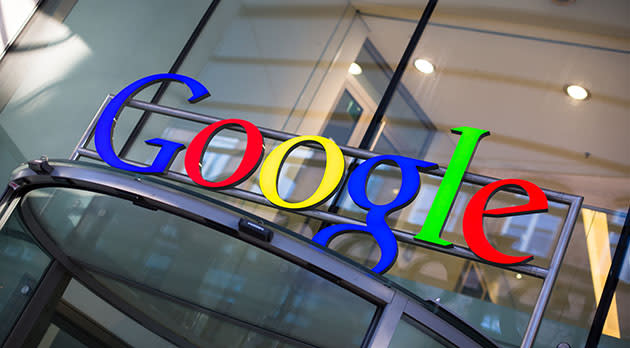Google puts ad revenue to good use with R&D growth

Google isn't a search company or a software developer. Its real business is advertising. Most of the money flowing into Mountain View (and there's quite a lot of it: $16.5 billion this quarter to be exact) comes from ads. The company could simply build up a war chest or snatch up some more startups, but clearly its eyes are on the future. With Larry Page at the helm Google has branched out beyond browsers and mobile operating systems to delivery drones, internet-delivering balloons and whatever Glass is. A year ago Page told investors he wanted to spend more on "speculative" research and development projects. At the time its R&D budget had just seen a $1 billion growth over the previous year. Since then Google has added nearly another $2 billion. Over the first nine months of 2014 has pumped $7 billion dollars into R&D projected, including $2.7 billion in the last quarter alone. Obviously, not all of that money is being funneled into Google X, but it's clear that the experimental arm is adding quite a bit to the company's expenditures. Loon and Calico aren't just about generating goodwill though. Clearly the more consumers Google can reach and the longer those consumers are alive, the more ads it can serve.
While the projects that grab the most headlines tend to be things like self-driving cars, it's other efforts that are more important for the future of Google. Its experiments with Project Loon, millimeter wave wireless, and more prosaic programs like Android One are what will allow the company to ensure it can continue to grow by reaching consumers in emerging markets like India and Indonesia. Even something as mundane as app trials that don't require a full download can have a serious impact in nations where mobile data is slow, expensive or both. While countries like the US and UK are still the biggest markets for Google, the rest of the globe is becoming increasingly important. In fact revenue outside of those two nations grew at a much faster rate -- 26 percent year-over-year (versus just 15 percent in the US and 10 percent in the UK). Its content delivery services like Play Music, Movies and Books have also entered a strong era of international expansion.
The R&D spending for the quarter was quite a bit higher than some had expected, but as CFO Patrick Pichette explained during the company's earnings call, a lot of that had to do with the 3,000 new employees Google added in the last three months. Most of those hires were in the "tech" space according to Pichette, especially in the field of engineering. The significant spending on hiring and R&D may hurt the company's bottom line in the short term, but we're sure the Pichette and the rest of the executive team would argue you have to spend money to make money.
